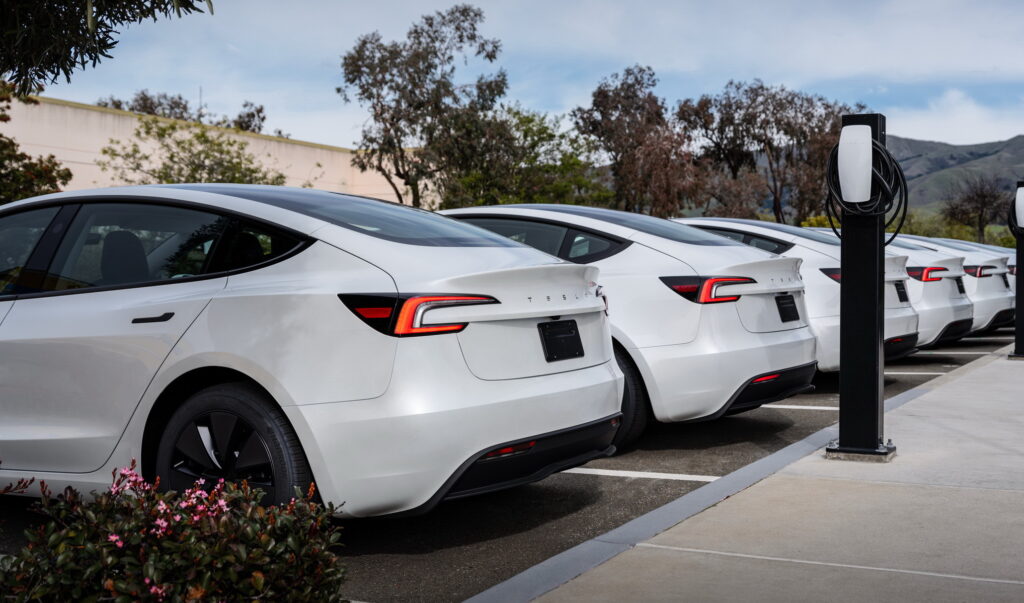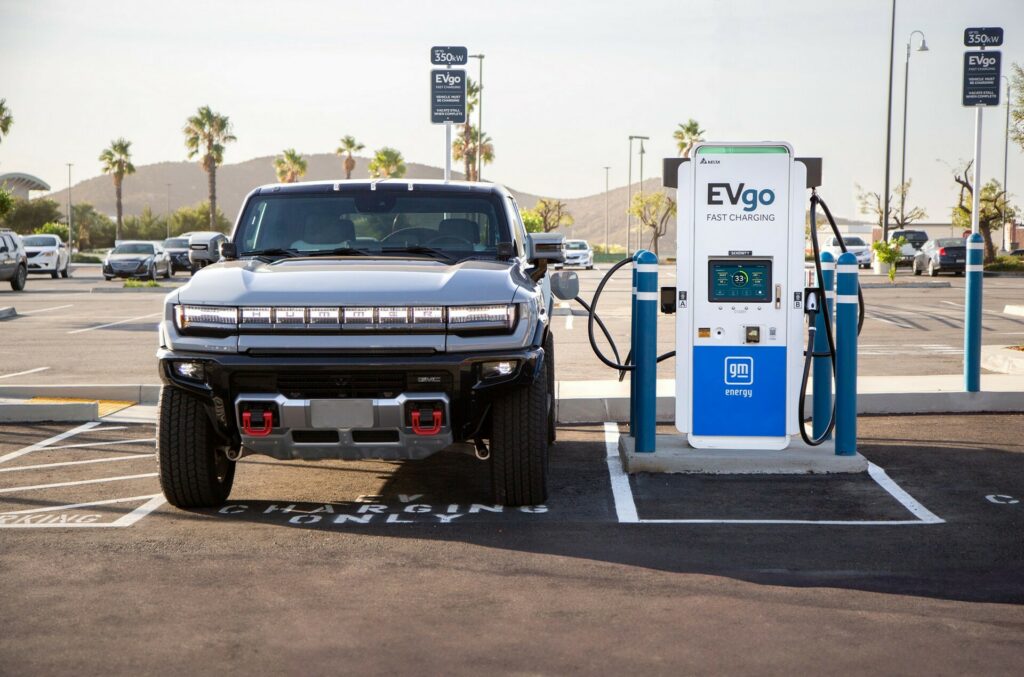From Chaos to Clarity: How Transfinder Transformed Ohio District’s Transportation System
When Lori Smith stepped into the role of transportation coordinator at Bellbrook-Sugarcreek Schools, she inherited more than just a fleet of buses. She walked into a department in transition, a community in flux, and a software system she hadn’t chosen—but would soon come to champion.
Bellbrook-Sugarcreek, a growing Ohio district nestled in a nine-square-mile area, serves more than 2,600 students, with more than half relying on school transportation. Despite its modest size, the district’s transportation needs are complex, shaped by rural roads, frequent flooding, and a transient population due to its proximity to a military base.
Smith joined the district four years ago as a transportation assistant. Within 18 months, she was promoted to coordinator after her predecessor abruptly left. “It was a baptism by fire,” she recalls. “I had to learn how to be a supervisor, train my replacement, and figure out a new software system—all at once.”
That software system was Transfinder’s suite of tools designed to streamline school transportation. Smith hadn’t been involved in the decision to switch from another vendor to Transfinder. In fact, her first official act as coordinator was to finalize the contract.
“I was told, ‘This is what we’re doing. Get on board or this wasn’t going to be the job for me,’” she says.
Smith was determined to make it work. She reached out to peers as well as support members at Transfinder. Those calls changed everything, noting Transfinder’s expert “set up regular meetings, gave me homework, and held me accountable.” She said she felt empowered by the experience.
In fact, she said, the implementation experience “is why I am going to use your product as long as I’m sitting in this seat.”
Smith attended Transfinder’s Annual Client Summit in 2024, where she discovered not just tools, but a community. “I walked out of there thinking, ‘This makes so much sense now,’” she says. “Everyone took responsibility for the rocky start and committed to helping me succeed.”
Today, Smith uses a number of Transfinder’s award-winning solutions: Routefinder PLUS for routing, Tripfinder for field trips, Stopfinder for parent communication, Viewfinder for school staff, and Formfinder for managing non-public school students. Each tool has brought measurable improvements.
With Routefinder PLUS, the district eliminated manual data entry, reducing address errors and improving efficiency. “We used to hand-key everything,” Smith says. “So, every time a new student moved into the district, every time an address change happened, we would have to hand-key all of that. And as you can imagine, hand-keying means human error.”
Tripfinder, the first product Smith implemented, revolutionized field trip management. “We were able to customize it from the get-go to get information out of it, pulling, doing some data mining.”
Smith, a self-described data-driven person, said she was in the midst of preparing the district’s T-2 report, which certifies the actual expenses incurred in the transportation of eligible pupils.
“I was able to drill down into field trips. Which ones were done by bus drivers? Which ones were done by substitute drivers? Which ones were in a van? What coaches took most of the driving? How many hours were invoiced? How many miles were invoiced? Just the amount of data that you can pull out of any of the “finders” is, in my opinion, invaluable. Tripfinder runs so well.”
Stopfinder has transformed communication with parents. Instead of mass alerts that caused confusion, Smith can now send targeted messages about delays or reroutes due to flooding — a frequent issue in the district. This eliminated hysteria. “It’s been very helpful to target just specific areas,” she said.
Viewfinder has empowered school secretaries and administrators. Smith created custom views for each building, allowing staff to quickly access bus numbers, stop times, and routes. It has eliminated most phone calls about busing, she says. “The secretaries love it.”
Formfinder, the newest addition, allows Smith to manage transportation for parochial and non-public students who aren’t in the district’s student information system. “Families fill out the form, and it creates a record. It’s interesting, the versatility of all the products to be able to dig deeper for information and use it for different purposes.”
Despite the success, Smith still faces challenges. Convincing her veteran mechanic to embrace digital tools has been tough.”
Still, Smith is playing the long game. She knows that as veteran staff retire and new drivers come on board, the need for modern, efficient systems will only grow. “We’re going to have a lot of turnover in the next few years,” she says. She wants to be ready.
Her vision is clear: a fully integrated, tech-forward transportation department that serves students, supports staff, and communicates seamlessly with families. And thanks to her persistence—and the support of the Transfinder team—she’s well on her way.
Despite not being part of the decision-making process to dump a previous routing product for Transfinder, Smith said, “I am very pleased that we are where we are now. We had a very robust start.”
To learn more about how Transfinder’s tools have transformed transportation departments, call 800-373-3609, email getplus@transfinder.com or visit Transfinder.com/solutions.
The views expressed are those of the content sponsor and do not reflect those of School Transportation News.
The post From Chaos to Clarity: How Transfinder Transformed Ohio District’s Transportation System appeared first on School Transportation News.
























